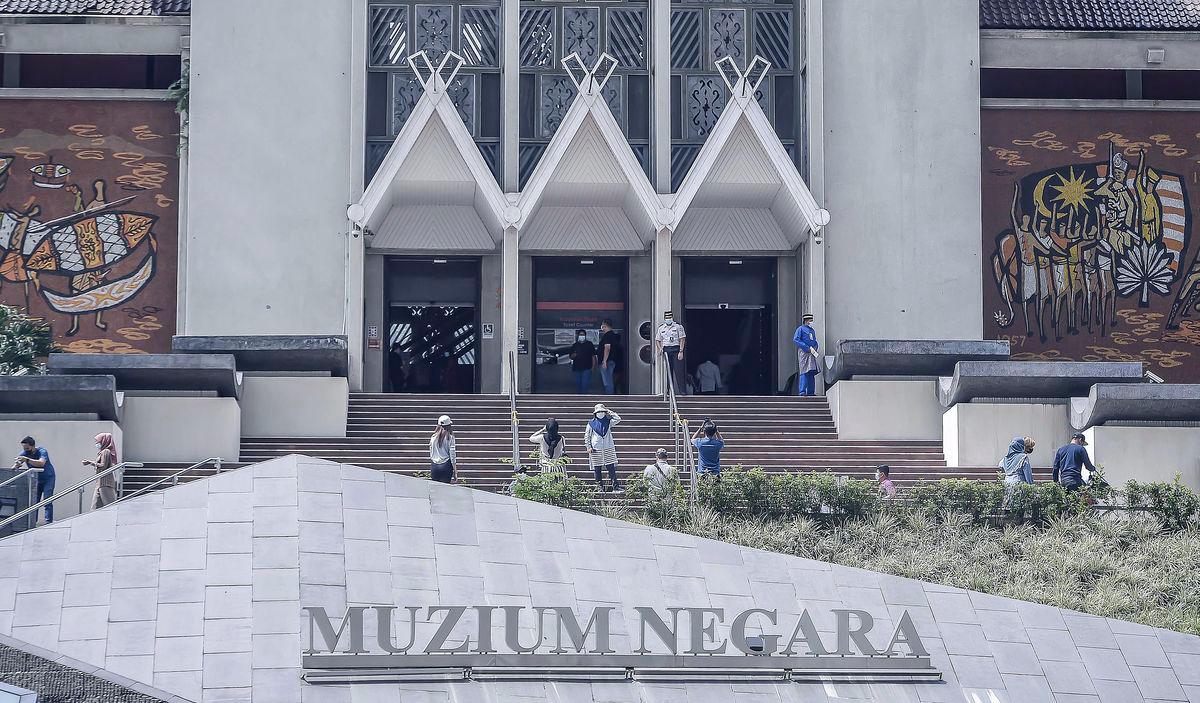PETALING JAYA: Museums in Malaysia have seen a steady surge in visitors, with 2,188,286 people recorded across the 22 federal museums in 2023, a significant increase from 1,464,463 visitors in 2022.
The upward trend has continued into 2024, with 2,568,573 visitors. As of April 30 this year, the museums have welcomed 579,433 visitors, signalling a strong year ahead.
These figures were provided by the Museums Department, highlighting a growing public interest in cultural and historical institutions, particularly the National Museum in Kuala Lumpur, which remains the most visited among locals and tourists.
According to the department, one of the main draws of the National Museum is its role as a “one-stop centre” offering a wide array of exhibitions that showcase Malaysia’s rich cultural and historical heritage.
“Its strategic location, convenient access via public transport and alignment with the national school curriculum make it a popular choice for educators and students.
“Its strong brand recognition further cements its status as a premier cultural attraction.”
The department attributed the rise in attendance to several key factors, including the National Unity Policy, which promotes patriotism and national identity through structured programmes.
“There are three main clusters that the museums aligned their programmes with under the National Unity Policy, namely igniting patriotism, fostering unity and komuniti rahmah (compassionate community), which serve as thematic guides for our museum initiatives.”
A significant part of the appeal lies in the interactive, hands-on experiences offered by the museums. Many exhibits even feature tangible cultural artefacts.
“This physical connection to history has become a major draw, particularly through programmes such as Inspirasi Pelajar Inovasi Muzium, which offers students and educators the opportunity to engage directly with historical artefacts.
“These hands-on learning experiences complement formal education and serve as effective teaching aids to deepen understanding of Malaysia’s rich history.”
To broaden their appeal, museums have embraced a family-friendly “edutainment” model, blending educational content with interactive experiences tailored for children and adults.
“They address contemporary issues, such as technology and the environment, appealing to younger audiences. Innovative exhibitions featuring cutting-edge digital technology help bridge the gap between traditional history and the modern digital age, making learning relevant and exciting.”
To further support outreach, the department has partnered with several organisations, including Mr DIY, Fama, Chagee, Casa Chemical, Yayasan Al-Amin and Antong Coffee.
“These partnerships strengthen outreach efforts, and help enhance the quality and diversity of programmes offered.”
As part of National Museum Day celebrations, 19 out of 22 federal museums opened their doors to the public free of charge on May 18.
Speaking at the International Museums Day Seminar, National Unity Minister Datuk Aaron Ago Dagang reaffirmed the government’s dedication to making museums more inclusive, sustainable and diverse.
“During an age in which technology permeates every facet of our lives, it is imperative that our cultural institutions evolve to meet the expectations and needs of the modern world. Digital transformation offers us the opportunity to preserve our rich heritage while making it accessible to a global audience.
“By integrating digital technologies, we could enhance the visitor experience, engage diverse communities and ensure our cultural narratives are preserved for future generations.”
He urged museums to adopt innovations such as virtual and augmented reality, interactive digital exhibits, apps and online platforms while deepening community engagement and inclusivity.
He added that the ministry is finalising the Museum Act, which would regulate museum activities nationwide.
The Bill is expected to be tabled in parliament before the end of the year.









